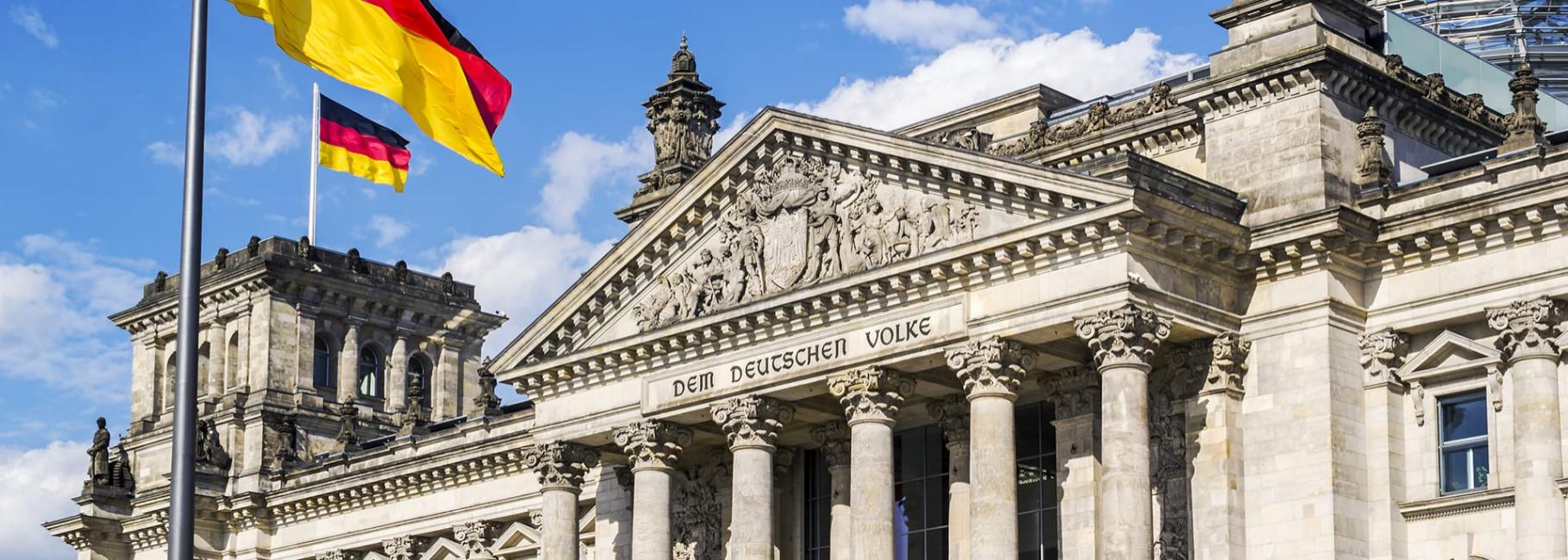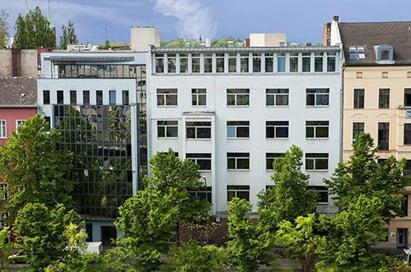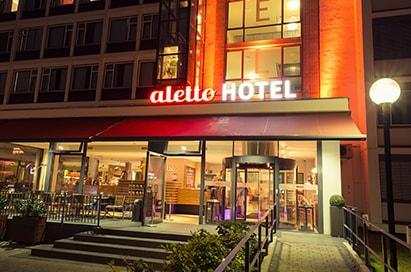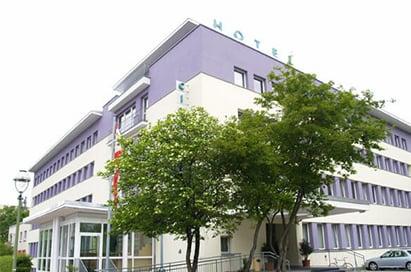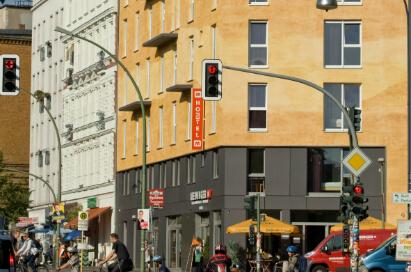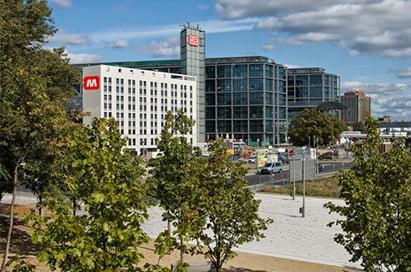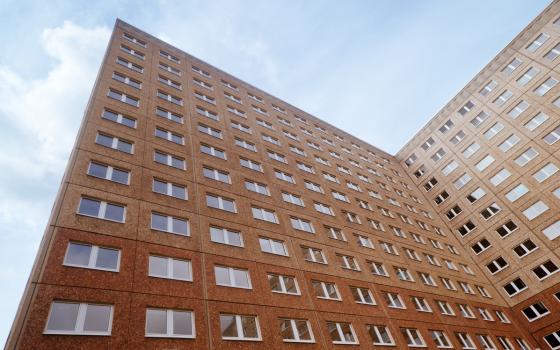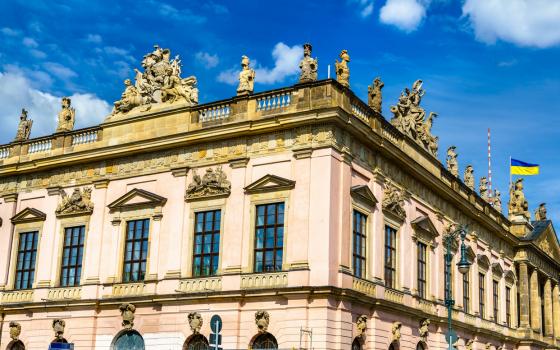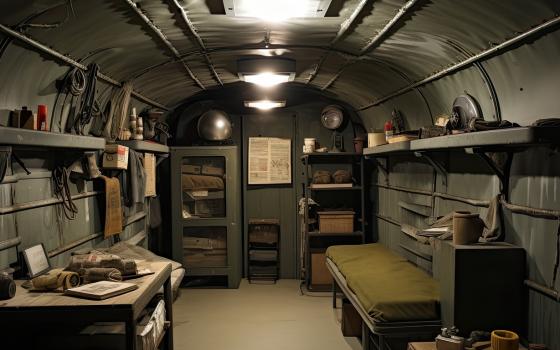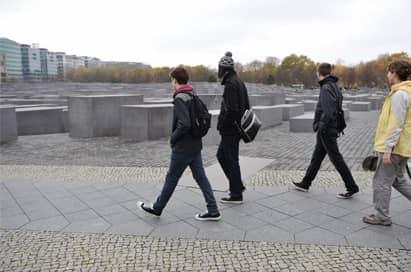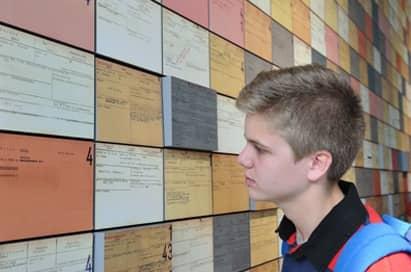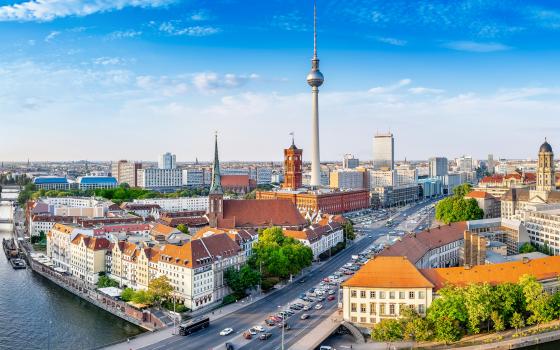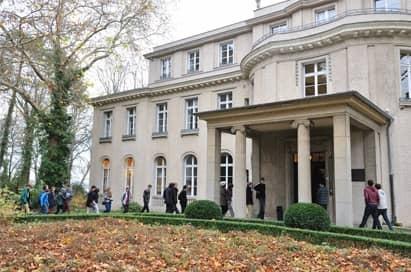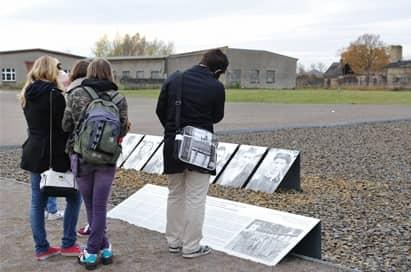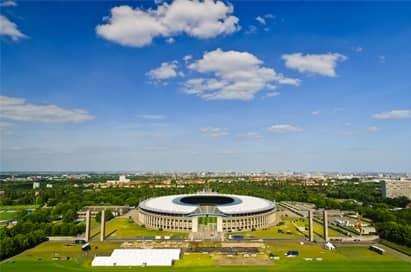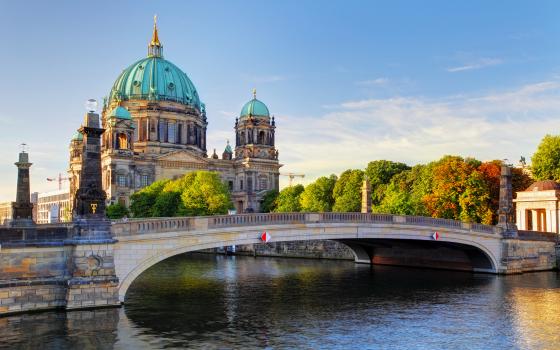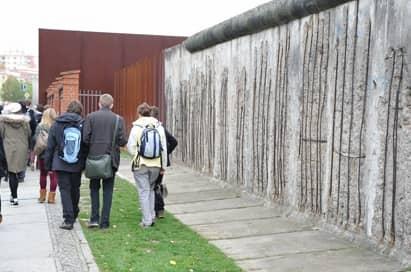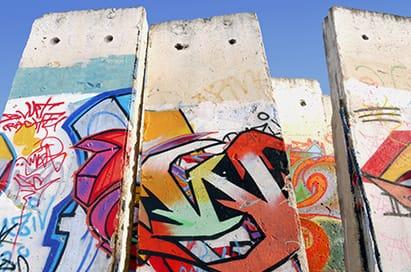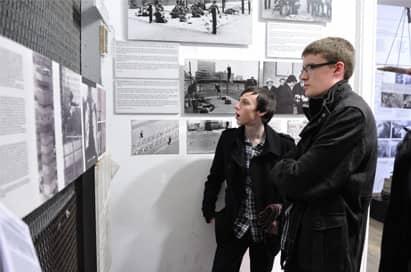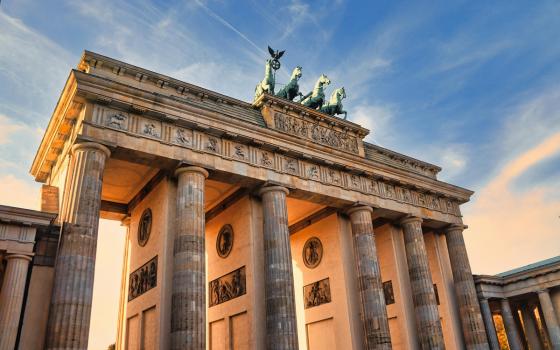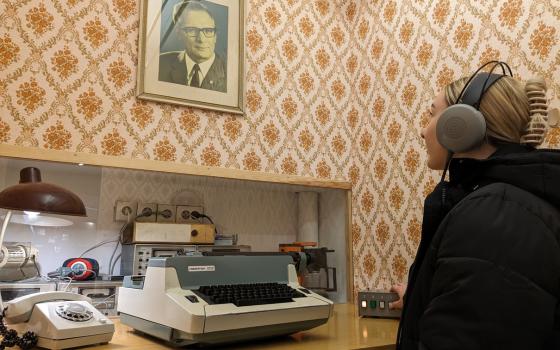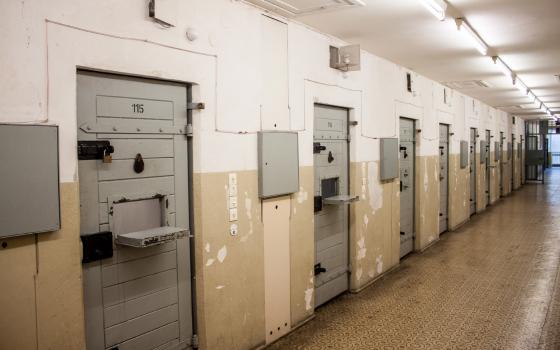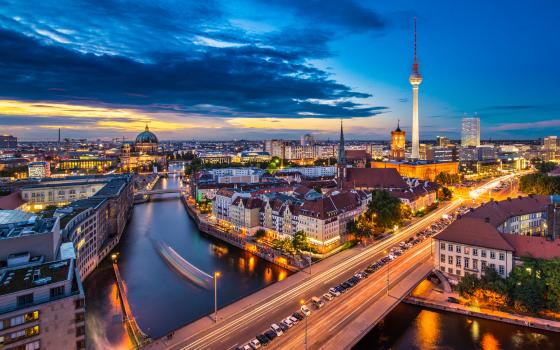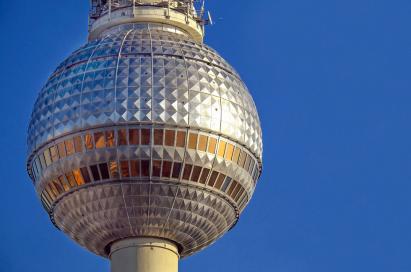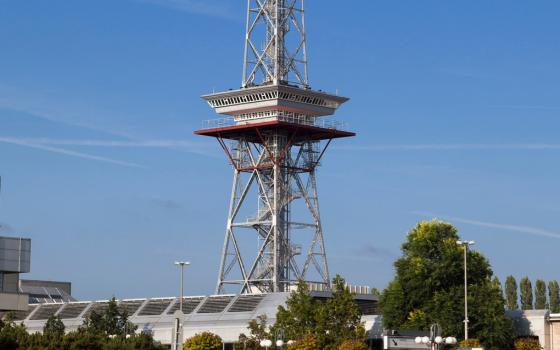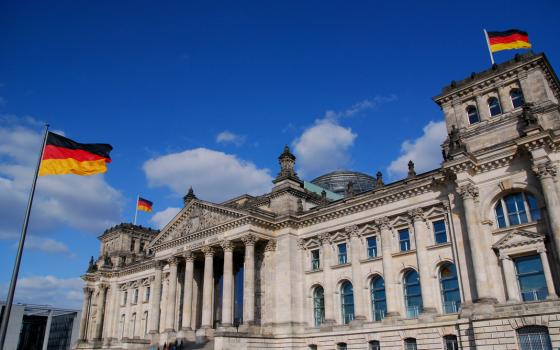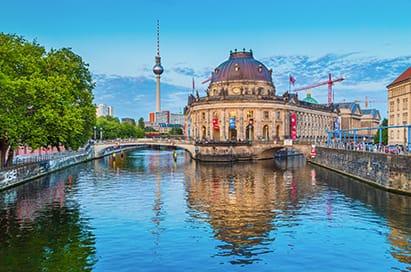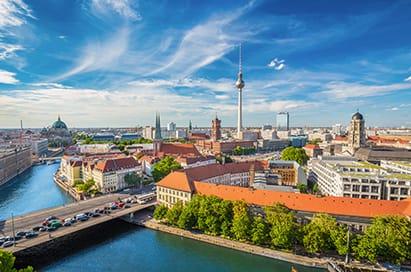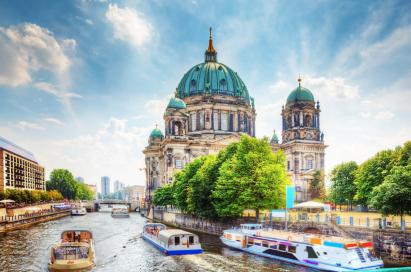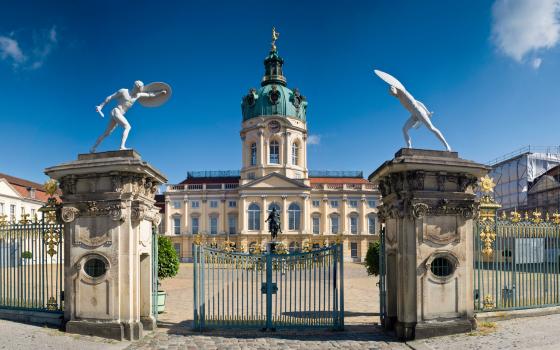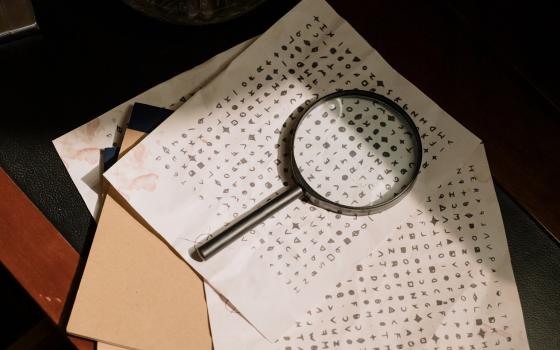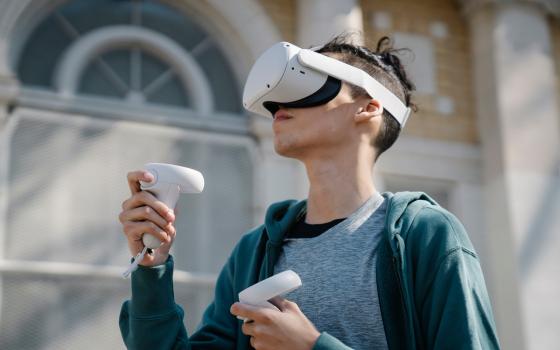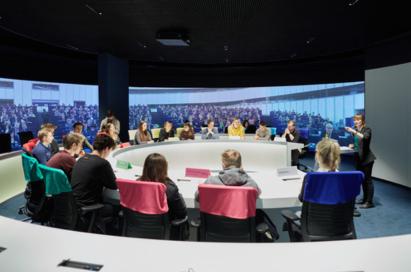History School Trips to Berlin
For students of 20th Century history Berlin is the perfect destination. Whichever period you are studying the city will have played a key part in the events of the time and the scars are often still visible. Whether it be as the seat of the Weimar Republic, where the "Final Solution" was passed or partition and the front line of the cold war, students will gain a greater understanding of the key role Berlin has played in world history and equally a sense of its resilience and ability to continually reinvent itself.
During a history school trip to Berlin, your group will see for themselves the breathtaking pace and breadth of change since 1989. A History school trip to this exciting historic city provides students with the opportunity to learn from a range of excellent educational visits, covering all aspects of Berlin's recent past.
Curriculum Topics Key Stage 4
- Germany 1890-1945: Democracy & Dictatorship
- Weimar and Nazi Germany 1918-1939
- Superpower relations and the Cold War
Curriculum Topics Key Stage 5
- The quest for political stability: Germany 1871-1991
- Democracy and Nazism: Germany 1918-1945
Prices start from£499pp
Popular itinerary
Our sample itinerary provides you with an idea of the visits you can cover during your trip. We can tailor-make an itinerary to support your specific learning outcomes.
| Morning | Afternoon | Evening | |
|---|---|---|---|
| 1 | Check in to UK airport for flight to Berlin | Arrive and transfer to your accommodation | Visit to Reichstag Dome |
| 2 | Walking Tour to include Brandenburg Gate, Potsdamer Platz and Holocaust Memorial | Visit to Topography of Terror | Free time in Potsdamer Platz & Evening meal |
| 3 | Sachsenhausen Concentration Camp | Berlin Bunker Tour: Dark Worlds WWII | Bowling & evening meal |
| 4 | Experience life in the city in 1985 at TimeRide Berlin | Transfer to the airport for return flight | Arrive UK |
- 1
- 2
- 3
- 4
| Morning | Check in to UK airport for flight to Berlin |
|---|---|
| Afternoon | Arrive and transfer to your accommodation |
| Evening | Visit to Reichstag Dome |
| Morning | Walking Tour to include Brandenburg Gate, Potsdamer Platz and Holocaust Memorial |
|---|---|
| Afternoon | Visit to Topography of Terror |
| Evening | Free time in Potsdamer Platz & Evening meal |
| Morning | Sachsenhausen Concentration Camp |
|---|---|
| Afternoon | Berlin Bunker Tour: Dark Worlds WWII |
| Evening | Bowling & evening meal |
| Morning | Experience life in the city in 1985 at TimeRide Berlin |
|---|---|
| Afternoon | Transfer to the airport for return flight |
| Evening | Arrive UK |
Price Shown includes
- Return Air Travel
- 3 nights B&B Accommodation
- Specialist Group Travel Insurance
- Bespoke itinerary planning service
- Free Place Ratios
- Online trip organiser & Travel App
- 24/7 support whilst you are away
Places to Stay
Berlin
We Make Trip Planning Easy
- Day to day support and advice from our team of travel experts
- Easy-to-view online tour quotation
- Market-leading trip organiser portal, My Tour Manager
- Free Resources and templates to help launch your trip
- Email reminders to keep you on track
- Free and completely personalised Travel App to access your information on the go
- Risk Assessment advice so you can make an informed decision on every tour component
- Teacher Inspection Visits
What You Say
The guides at the Stasi Prison were outstanding. This is a very worthwhile visit, and I would highly recommend it to any group studying Cold War history. Newstead Wood School
The tours at the Stasi Prison were excellent - pitched exactly at the right level for the students. The tours at the Topography of Terror were also excellent - a master class on using historical sources. Cirencester Deer Park School
The lady in the coffee shop at the Stasi museum certainly recreated secret police tactics! Windsor Girls School
The Unterweld tour (recommended by European Study Tours) was the best part of the trip. Thank you. Carshalton Boys Sports College
This was my first time organising such a trip. The fact that everything went so well is down to European Study Tours - Thank you! Hellesdon High School
This is the 3rd trip to Berlin we have run with EST, and we have had even more positive feedback than usual from the students and their parents. Queen Elizabeth II High School
The level of service received was exceptional. Thank you! Longsands College
The entire team were amazing...I have organised school trips for years and this was fantastic. Walbottle Campus Technology College
Our entire itinerary was fantastic. I found it (My Tour Manager) extremely straightforward and easy to use. Beath High School
It was excellent and perfect for our group. Breakfast was really plentiful and delicious. All the restaurants were very good and provided great service. Itchen College
The students commented that they really liked the booked tours esp Topography Of Terror and Sacsenhausen. It was an excellent trip and we want to book again. Colne Valley High School
Everything was well organised and efficient. Everything was excellent, as usual. Very friendly and helpful staff, lovely rooms. Buckingham School
I would just like to say how pleased I was with the trip and it's organisation. I will definitely be recommending you for further trips. Friern Barnet School
A particular highlight was Saschenhausen. The guide at the Documentation centre was also excellent. The Checkpoint Charlie Museum is an interesting place - very full of information but almost too much and confusing. DDR Museum was excellent. Everything that was booked worked really well. Coaches on time, visits clearly well pre-booked and the same for the restaurants. Dunottar School

